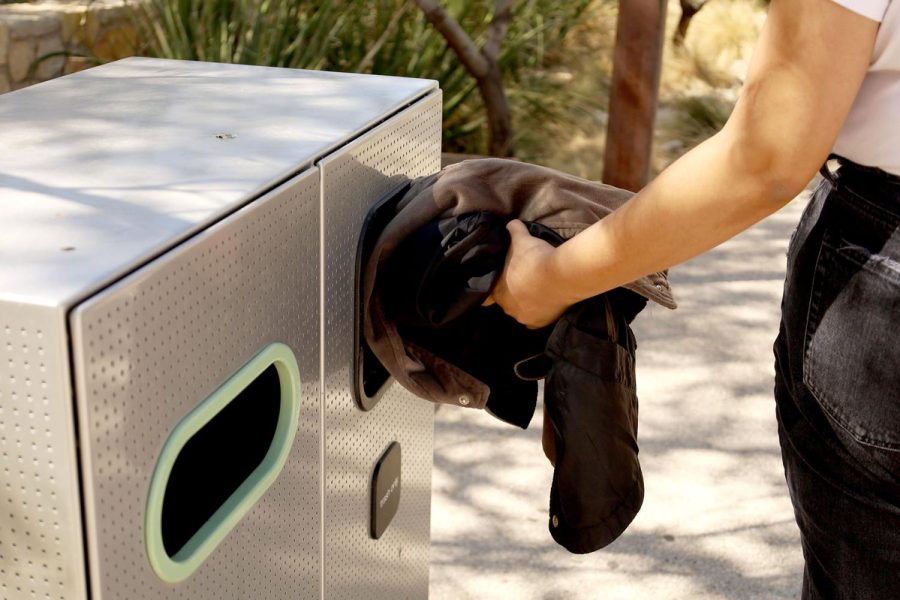Fast fashion has grown in popularity over the last couple of decades, leading to a decrease in price but an increase in controversial labor while negatively impacting the environment.
It is the process of a speedy turnover of affordable, trendy clothing to meet consumer demand, according to Good on You. Along with these various clothing chains’ physical locations, online shopping has appealed to consumers through the convenience of a couple of clicks.
What makes it detrimental is the amount of waste produced due to this process. The fashion industry has the second largest water consumption and produces between 8 and 10% of carbon emissions globally, according to UN Environment Programme.
Economically, fast fashion is beneficial to consumers, however, most clothes produced this way end up in landfills after they break down within a few washes due to the cheap quality. The synthetic material used for the clothes contains plastic microfibers, contributing to the 35% that wind up polluting oceans, according to a study made at Princeton University.
While it’s starting to come to light how much the impact can cost, the transition to thrifting or buying environmentally conscious is still difficult for some.
“My thing is that going to thrift shops, it always seems to be not well taken care of. The clothes are very dingy, the clothes are very old, and they’ve been used like, obviously. But you can tell, and it doesn’t look as nice as if you were to buy it new,” said Frankie Rivera, a UTEP psychology major.
“When I lived in California, the thrift shops were more, like, things were more taken care of. And, like, people had the ability to be pickier about what they put out on the floor and there was like vintage stuff and things, and it was actually nice,” said Raven Waroquiers, a UTEP creative writing major.
However, the alternative is sustainable clothing, which is much more expensive, resulting in a shirt ranging between $30 and $80. With fast fashion, costs are cut due to cutting out the cost of quality work and not paying a sustainable wage. This can be due to an assembly line-type production in factories or some companies utilizing the use of child labor in other countries, according to UNICEF.
In 2021, the number of children worldwide subjected to child labor is 160 million, the number reaching 8.4 million more within the previous four years, according to UNICEF. Countries like Cambodia, China, Pakistan, Ukraine, Brazil, and Myanmar fall on the list of countries where child labor has been found, according to the Bureau of International Labor Affairs.
Some students find their own way of cutting down and making the most of the clothes they have.
“I wear them until there’s holes, but then I sleep in them,” Rivera said.
“I have like some shirts that I’ve had since high school definitely and like, those are like my sleeping shirts and stuff,” said Waroquiers. “I dress grunge sometimes too, so like some holes in my things are the like the biggest appeals.”
Any student looking to be more conscious of where they shop can check out Fashion Checker, an organization dedicated to provide transparent information.
Kristen Scheaffer is a staff reporter and may be reached at [email protected].













